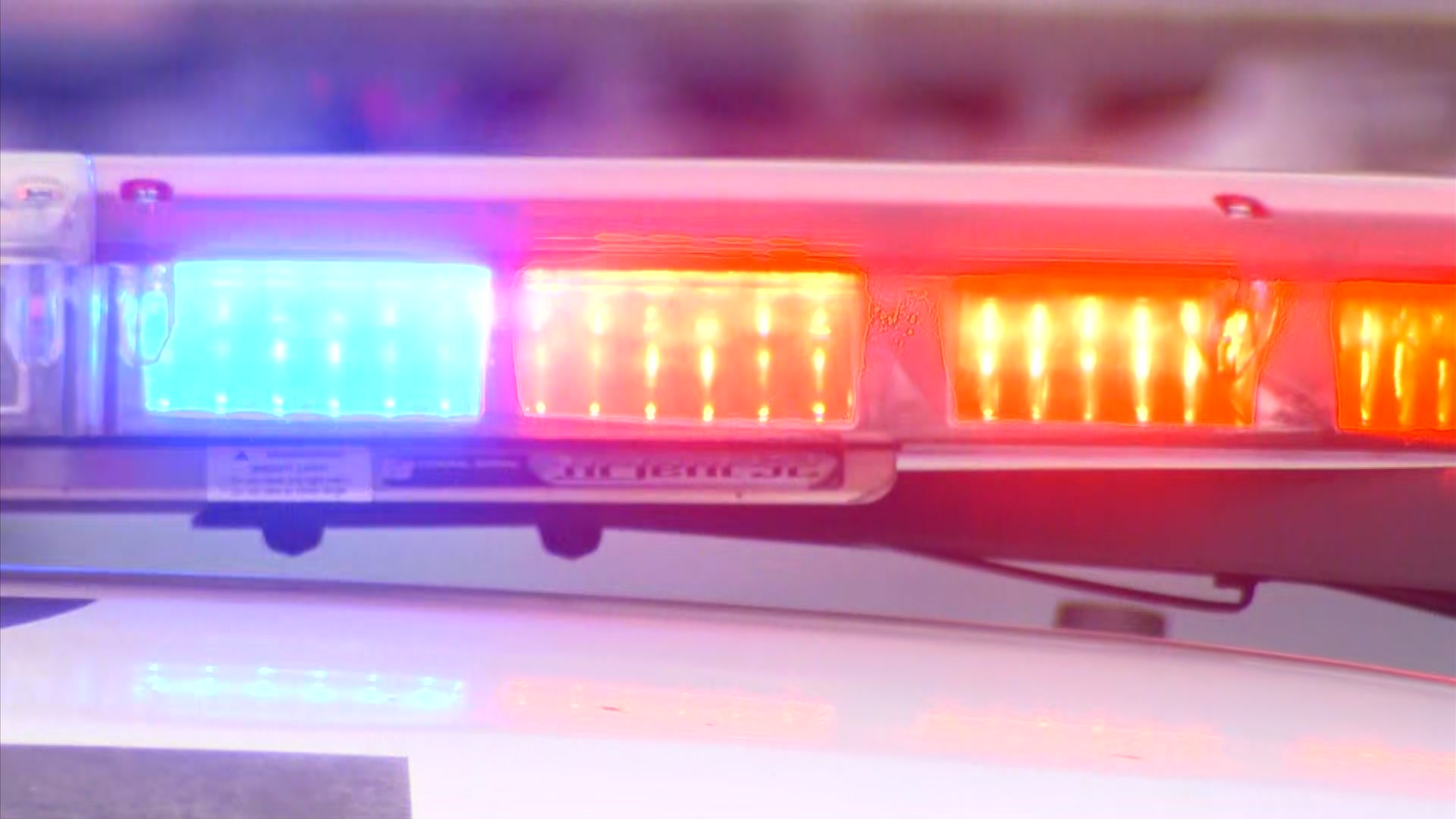The Los Angeles Police Commission voted Tuesday to end the police department's years-long practice of not releasing video from body cameras and patrol cars to the public.
The civilian panel approved a new policy that requires the LAPD to publicly release video from police shootings and other "critical incidents" within 45 days of when they occur. Both the ACLU and the Police Protective League were present and spoke in support of the changes at Tuesday's meeting.
The new policy was unanimously approved.
The cameras have been used in the field since the City Council enacted a $59 million plan in June 2016 to equip more than 7,000 patrol officers with the devices. The implementation of the body camera videos sparked a debate on when footage captured during serious incidents should be publicly released, with many civil rights groups calling for their immediate release. Some officials, including Chief Charlie Beck, have expressed hesitance at releasing footage, citing privacy rights of people in the videos and possible harm to continuing police investigations.
"I think this will go a long way in helping build public trust through a significant increase in transparency," Commission Vice President Matt Johnson said.
Under the new video policy drafted by Richard Tefank, executive director of the Police Commission, video shot during serious incidents -- including shootings, in-custody deaths and other "critical" events -- would be released within 45 days. The new policy applies to body cameras, in-car video, police facility surveillance video, drones and video in the department's possession that was captured by third parties.
"This policy is intended to balance two important interests: the public's interest in transparency and police accountability, and the privacy of interests of the individuals depicted in such videos," Tefank wrote in the proposal, under which video can be withheld from public release under certain circumstances, including to protect confidential sources or the integrity of an investigation.
News
Top news of the day
Decisions on delaying the release of video would be made by the police chief and two selected commissioners. If the three-person panel votes unanimously, the video would be delayed from public release for 14 days, and the decision would be revisited every 14 days. If the video has not been released after 28 days it will be placed on the agenda of the next Police Commission meeting for discussion, and the commission can overrule the subcommittee.
"These reasons (for withholding video) must not be general and must have a factual basis and be specific to the individual case. For example, investigators have identified but not been able to interview a key witness," Johnson said last month when introducing the policy.
The use of body cameras has become a prominent issue as the focus on police shootings has grown nationally, and the LAPD has said it hopes the cameras will help build more public trust in the department.
The commission last year retained the Policing Project at New York University School of Law to gather public input into a new policy regarding the release of body-worn camera video. According to a report it released last September, a majority of members of the general public who responded to a Policing Project survey said video shot during critical incidents should be made publicly available within a short period of time.
The new video policy will become active in 30 days.
The Los Angeles Police Protective League, which represents more than 9,900 members of the department, issued the following statement. "The Los Angeles Police Protective League was provided the opportunity to comment and suggest alternative language to be incorporated into the final draft policy. We are appreciative of the opportunity to provide our input to Commissioners' Johnson and Goldsmith as this policy was crafted. We may not always agree, but we must do our best to work together in an open and honest manner. Although all of our alternatives were not incorporated into the proposed policy, those that were incorporated will increase officer safety and minimally extend the investigative process prior to release of any video. We would prefer that any video released be done after the conclusion of the investigation, including any review by the district attorney and hope that any unintended negative consequences as the result of the adoption of this new policy are limited."



